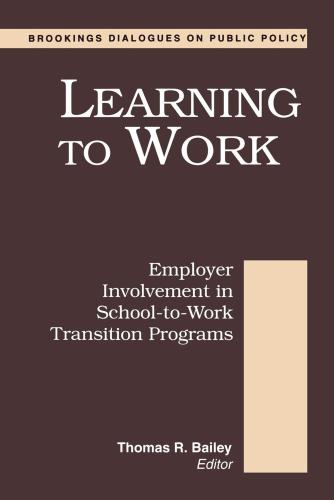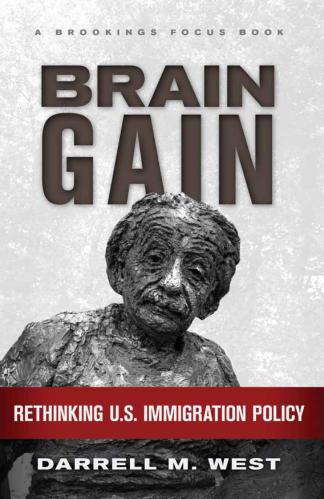Studies in this week’s Hutchins Roundup find that incorporating global factors leads to lower estimates of the equilibrium real interest rate, changes in the wage distribution driven by highly productive workers and more.
Want to receive the Hutchins Roundup as an email? Sign up here to get it in your inbox every Thursday.
Incorporating global factors leads to lower estimates of the equilibrium real interest rate
The equilibrium interest rate—the rate consistent with full employment and price stability over the long run—is usually estimated on an individual country basis. Incorporating global developments, Michael Kiley of the Federal Reserve Board finds that common global factors drove the decline in the equilibrium rate over the last decade and that the U.S. equilibrium rate may be substantially lower than suggested by estimates that look only at U.S. factors. Across the 13 advanced economies, individual country estimates suggest that the real rate declined from roughly 2 percent in the mid-1990s to 1 percent in 2019. Estimates incorporating global factors suggest the rate declined by an additional 1 percentage point to 0 in 2019.
Changes in the wage distribution driven by highly productive, educated workers
The ratios of wages at the 90th percentage to those paid to the median worker rose in 15 out of 17 advanced economies from 1997 to 2015. Edward Lazear of Stanford Graduate School of Business revisits the evidence that differences in worker productivity caused this widening gap. By comparing workers’ educational level across industries for different countries, he finds productivity among more educated workers has grown more rapidly than productivity of less educated workers. As a result, industries dominated by highly educated workers have experienced higher-than-average productivity growth since 1989. This is consistent with evidence that wages of highly educated workers have pulled away from wages of the less educated. One possible explanation is that tertiary education has improved while primary and secondary education have not. For example, university graduates in 2017 are more skilled than graduates in 1987. But high school graduates in 2017 have skills similar to their counterparts in 1987, he finds.
Financial aid grant only modestly increases educational attainment in Wisconsin
In an experiment, the Fund for Wisconsin Scholarships (FFWS) randomly offered grants to a subset of low-income students attending public colleges in Wisconsin. Using data from 2009-2016, Deven Carlson of the University of Oklahoma and coauthors find that, among students at four-year colleges, the offer of a grant from FFWS increases persistence into the second year of study by 1.7 percentage points and completion of a bachelor’s degree within six years by 1.5 percentage points, although this latter effect was not statistically significant. The impact of the FFWS grant offer on persistence and completion was smaller and statistically insignificant for students at two-year institutions. These effects did not vary by cohort, gender, race, or prior receipt of food stamps, they say. The authors conclude that their results show only very small effects of the need-based grant offers on college students’ educational attainment.
Chart of the week:U.S. economy has more job openings than unemployed people looking for work
 Source: Wall Street Journal
Source: Wall Street Journal
“Although the baseline expectation for the U.S. economy is favorable, there are some evident downside risks to this outlook. Global growth has been sluggish since the middle of 2018. This slowdown in global growth as well as increased uncertainty about the outlook for global trade policy appear to be headwinds for manufacturing activity and investment spending in the United States and abroad. Also another source of uncertainty in the global economy has been and continues to be Brexit. The global growth outlook also depends importantly on the strength and sustainability of continued economic expansion in China. China is balancing its desire to curtail credit growth and promote deleveraging against its understandable aspiration to maintain a rapid pace of economic growth in a country of 1.4 billion people. Finally, global disinflationary forces remain and present ongoing challenges to many central banks in their efforts to achieve and maintain price stability. In sum, global conditions present headwinds for the U.S. outlook, and […] these headwinds have been a prominent consideration in our recent monetary policy assessments,” says Richard Clarida, Vice Chairman of the Federal Reserve











Commentary
Hutchins Roundup: Real interest rate, wages, and more
November 7, 2019